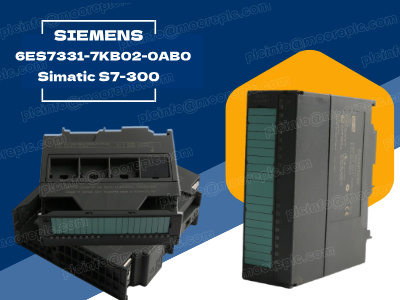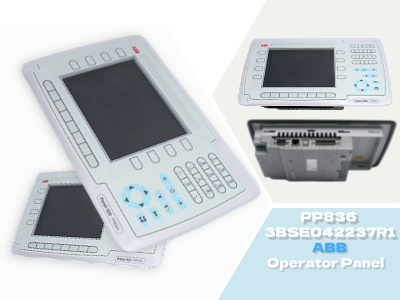Optimize Your Automation with the Siemens 6ES7331-7KB02-0AB0 Module The Siemens 6ES7331-7KB02-0AB0 Analog Input Module is a cornerstone of modern industrial automation. Designed as part of the SIMATIC S7-300 series, this module seamlessly integrates into your systems, enhancing precision and efficiency. With two analog inputs and advanced features, it's a reliable choice for controlling and monitoring various industrial processes. Advanced Features for Precision Control This Siemens module excels in providing precise analog input measurements thanks to its versatile 9/12/14-bit resolution. Whether you're using thermocouples, resistors, or standard voltage/current inputs, this unit ensures accurate data interpretation. It also supports isochronous mode, enabling quick cycle and response times for tight process control. Key benefits include: Built-in alarms for immediate notifications when parameters exceed thresholds. Diagnostic tools to simplify troubleshooting and minimize downtime. LED indicators for easy monitoring of communication and performance. Designed for Versatility and Durability Built to withstand challenging industrial environments, this module offers: Wide operating temperature range of 0°C to +45°C, ensuring reliability in harsh conditions. Compact dimensions (40 mm W x 125 mm H x 120 mm D), making it suitable for crowded systems. A 20-pin front-end connector, providing secure and straightforward connections to devices. Energy-Efficient and Convenient Operating at a low voltage of 24V DC, the 6ES7331-7KB02-0AB0 module is energy-efficient and ideal for low-voltage applications. Its compatibility with the active backplane bus means you can remove or insert the module without disrupting operations, making maintenance hassle-free. Applications in Diverse Industries Thanks to its versatile design, this module finds applications in a variety of industrial systems, including: Packaging machinery: For precise monitoring and control of packaging processes. Machine-tool manufacturing: To ensure accuracy in complex machining operations. Its adaptability makes it a preferred choice for industries aiming for streamlined automation and enhanced productivity. Conclusion The Siemens SIMATIC 6ES7331-7KB02-0AB0 Analog Input Module is a powerful addition to any industrial automation setup. Its precision, versatility, and ease of use make it an excellent choice for improving system efficiency and reliability. Whether you're upgrading existing systems or building new ones, this module is a dependable solution for meeting your automation needs.
Read More
























 IPv6 network supported
IPv6 network supported